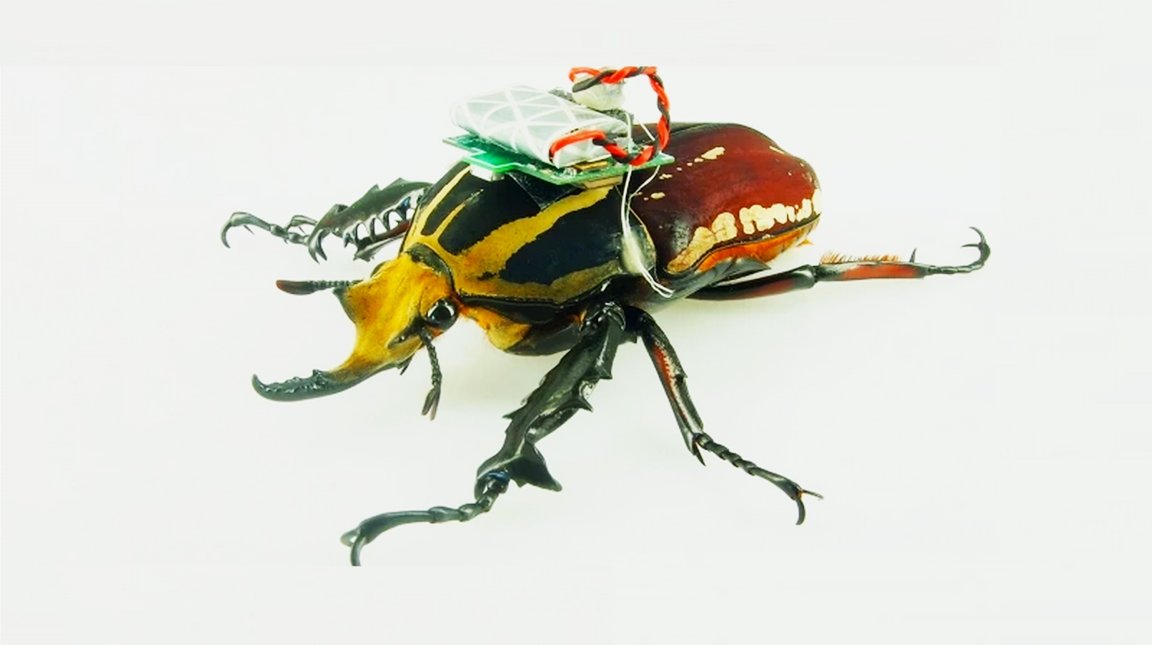
Meet the Beetles
It sounds like something straight out of a horror film. Scientists have discovered that they can wire flying beetles and control them remotely. The spine-tingling part—they plan to harvest swarms of them.
Across the world, scientists are trying to create robot insect swarms. Why? Ultimately, these insect swarms are viewed as being super beneficial when confronted with tight spaces. To this extent, they could help with tasks such as locating earthquake survivors in rubble, they could act as mini-surveillance cameras, and even eavesdrop on criminal suspects.
But rather than designing a robot insect, engineers at Nanyang Technological University and University of California Berkeley are trying to control the actual insects themselves.
Using the read deal

“This technology could prove to be an improved alternative to remote-controlled drones as it could go in areas which are not accessible before,” stated Assistant Professor Hirotaka Sato of the NTU School of Mechanical and Aerospace Engineering. Their findings are published in Royal Society Interface.
The living insect requires no engineering to keep it in the air and maintains flight on its own. It also removes the need for a bunch of tiny manufactured parts since you’re using the biological organism as-is.
The electronics involved add up to be only a mere $7, drastically different from the costs associated with manufacturing robot drones. All you need is to attach an electrode and a tiny electronic backpack, and you can control a living bug that’s set for wireless flight.
The electrodes are attached to specific parts of the beetle’s legs, optic lobes, and flight muscles. They are triggered by a radio signal that tells the beetle which direction to go and when to move. From there, it does the rest.
The beetle used for this project is the Giant Flower beetle, or ‘Mecynorrhina torquata,’ due to it’s small size and weight (7.6 cm and 5.6 g, respectively). It was also a great match for carrying extra weight required in search-and-rescue missions.
The microchip backpack is attached using organic beeswax, which doesn’t harm the animal’s natural carapace when removed. Notably, no animals were harmed in this experiment. A 3.9 volt battery powers the entire system, which provides enough power to last a day. But the team envisions transitioning to a sustainable power source in the future.
Interestingly, this project has unexpectedly led to the discovery in relation to the beetle’s coleopteran muscle. Scientists believed for two centuries that the muscle was only responsible in wing-folding. But the team of engineers discovered that it also assists with steering and turning – a feat that leaves us with one more piece of information we didn’t have previously.